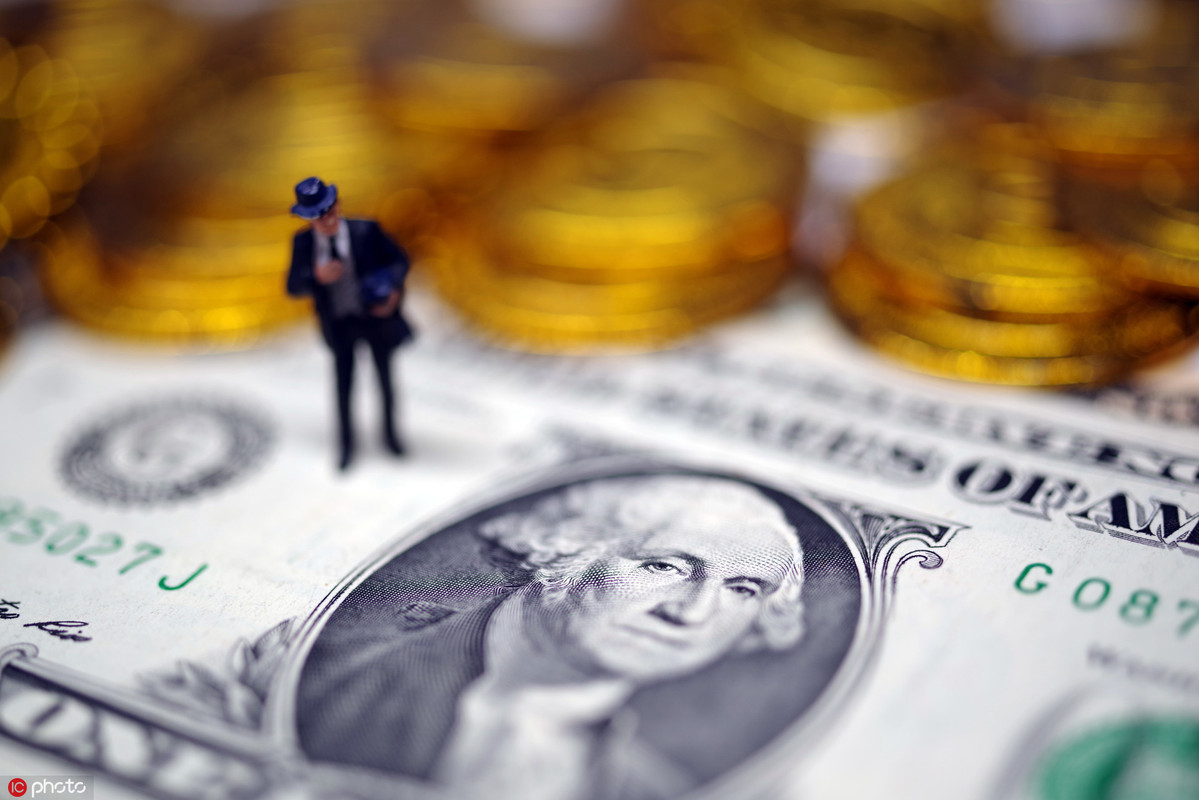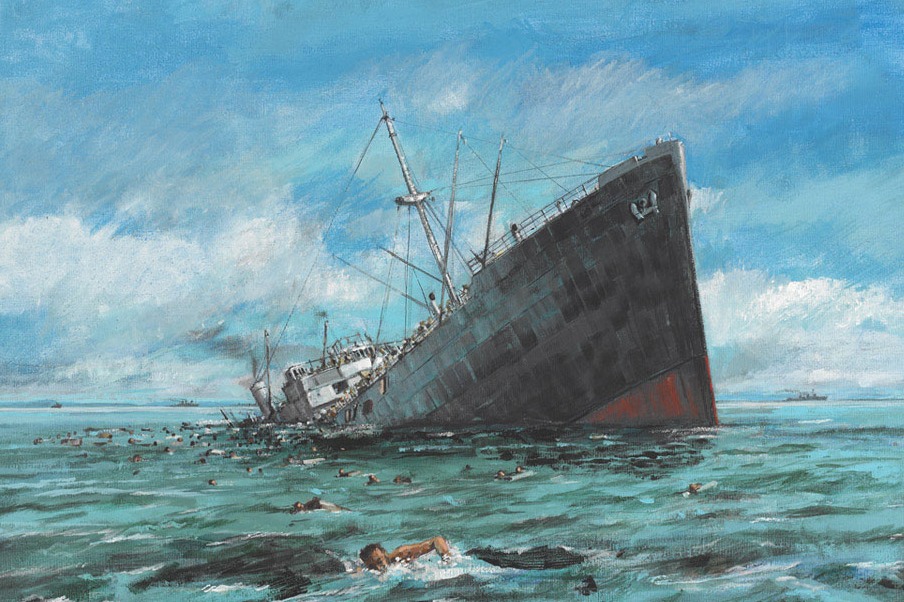Slowdown fears send Dow to record selloff


The Federal Reserve’s pledge to pump $1.5 trillion into short-term lending markets wasn’t enough for Wall Street to overcome fears of a possible economic slowdown from the coronavirus outbreak, as the Dow Jones Industrial Average on Thursday posted its biggest one-day decline since the 1987 crash.
The Dow closed Thursday at 21,200.62, down 2,352.60 points or 9.99 percent. The S&P 500 closed at 2,480.64, off 260.74 points or 9.51 percent. The Nasdaq Composite lost 750.25 points, or 9.43 percent, and closed at 7,201.80.
The major indexes have lost about 14 percent this week.
The continuing Wall Street rout has increased strains on the financial markets, and the Fed’s action suggests it may intervene in a manner not seen since the 2008 financial crisis triggered by the collapse of the subprime housing market, analysts said.
“These changes are being made to address highly unusual disruptions in Treasury financing markets associated with the coronavirus outbreak,” the New York Federal Reserve Bank, which handles the operations, said Thursday in a statement.
The cash injection will be used for repurchase agreements, a form of short-term borrowing for dealers in government securities. The term for US Treasury or mortgage backed-securities can be as short as overnight or as long as a week.
The day started badly as the S&P 500 lost 7 percent shortly after the market opened, putting the index into bear market territory and triggering a temporary halt to trading. The market continued to fall after trading resumed.
The Dow dropped 1,732 points, or 7.4 percent, at the opening. The blue-chip index edged up after the Fed announced its plan to stabilize the market, but stocks couldn’t maintain the gains and soon fell.
The Dow closed at 29,551.42 on Feb 12, an all-time high. On Wednesday, the Dow closed 20.3 percent below its record high, ending a historic 11-year bull market and pushing the index into bear territory.
Bond yields edged up as investors dumped stocks and sought safety in US Treasury notes.
The Chicago Board Options Exchange Volatility Index, a 30-day forward looking gauge of investor sentiment based on the S&P 500 index options, hit its highest level since 2008.
On Thursday, Brent crude, a worldwide oil benchmark, fell 0.44, to 1.26 percent, to $32.81 a barrel. West Texas Intermediate Crude declined $2, or 6.06 percent, to $31.04.
Continued declines in the price of oil could make many US fracking operations unprofitable, undercutting the source of the nation’s energy independence.
US President Donald Trump’s decision to temporarily suspend travel from Europe to the US for 30 days as part of the effort to limit the spread of the coronavirus pounded airline and leisure stocks.
American Airlines fell 17.56 percent; United Airlines lost 24.85 percent; and Delta lost 21.02 percent.
Cruise line stocks were clipped. Royal Caribbean lost 31.2 percent. Carnival fell 31.20 percent. Norwegian Cruise Line plunged 35.80 percent.
Movie theater stocks were also pounded as investors believed most people would avoid crowds. Cinemark Holdings lost 24.68 percent. Carmike Cinemas fell 7.69 percent.
“Consumers sitting at home and not out spending money because they fear catching the coronavirus is the ultimate negative outcome,” Scott Wren, senior global market strategist at Wells Fargo Investment Institute, said in a research note.
“It has been the US consumer who has been driving the recovery bus during this long expansion.”
Trump’s address to the nation Wednesday didn’t stop investors from heading to the exits.
“President Trump in an extraordinary Oval Office address didn’t offer up major new ideas on stimulus and only said he’d propose a vague payroll tax holiday to Congress without strongly standing up for any size/magnitude,” Ernie Tedeschi, a policy economist for Evercore ISE, said in a research note.
“This effectively kicks the issue to Congress, which is still planning to go on recess next week.”

































